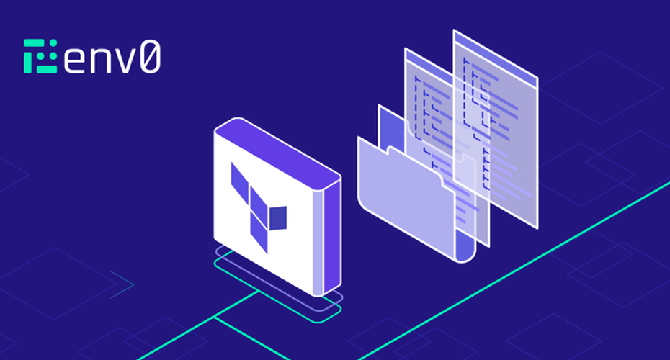Dev
12h
267

Image Credit: Dev
Terraform Backend Configuration: Local and Remote Options
- Terraform manages the infrastructure changes using a state file, which tracks the changes made to the resources deployed to the cloud using Terraform.
- This blog will discuss Terraform backends, their types, and how to configure them for various cloud providers, such as AWS, Azure, and GCP.
- Using the backend, state files can be stored either locally or in a centralized remote location, depending on the size and requirements of the engineering team responsible for the structure.
- Terraform backend is used among teams as a de facto practice due to its benefits, such as versioning, state locking, etc.
- There are two types of Terraform backends: local and remote. Let’s learn more about them in this section.
- The remote backend configuration stores the state file in a centralized and secure location, such as a cloud-based storage service (S3) or Terraform cloud.
- When you are working with different cloud providers such as AWS, Azure, or GCP, they use their own cloud storage to store the state file.
- By default, the local backend configuration stores the state file in the same directory as the Terraform code.
- env0 provides a remote backend to facilitate secure and streamlined team collaboration, which creates a foundation for a unified deployment process across the organization and enables many other governance, automation, and visibility feature.
- By now, you should have a clear understanding of Terraform backends and if you want to use a local backend or a remote one.
Read Full Article
16 Likes
For uninterrupted reading, download the app